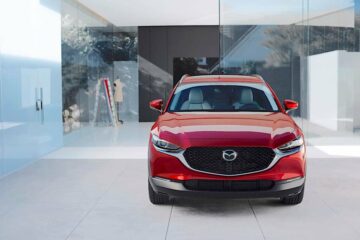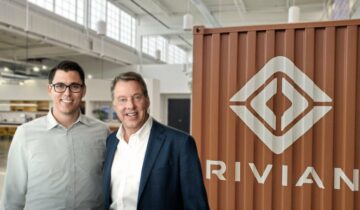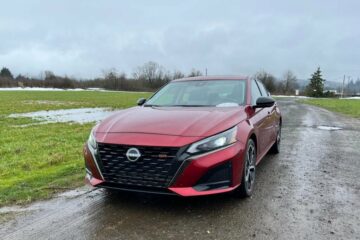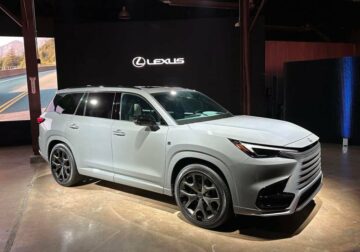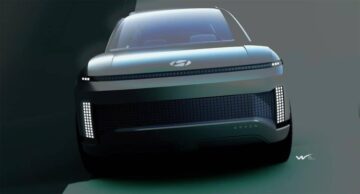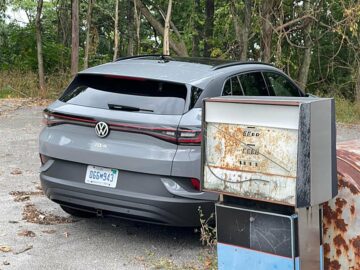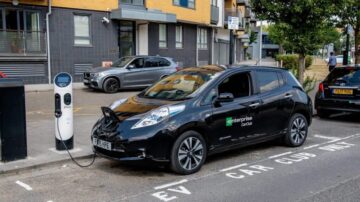The COVID-19 pandemic greatly accelerated changes in automotive retailing, but it also helped dramatize the need for collaboration between dealers and manufacturers hoping to boost their brands.
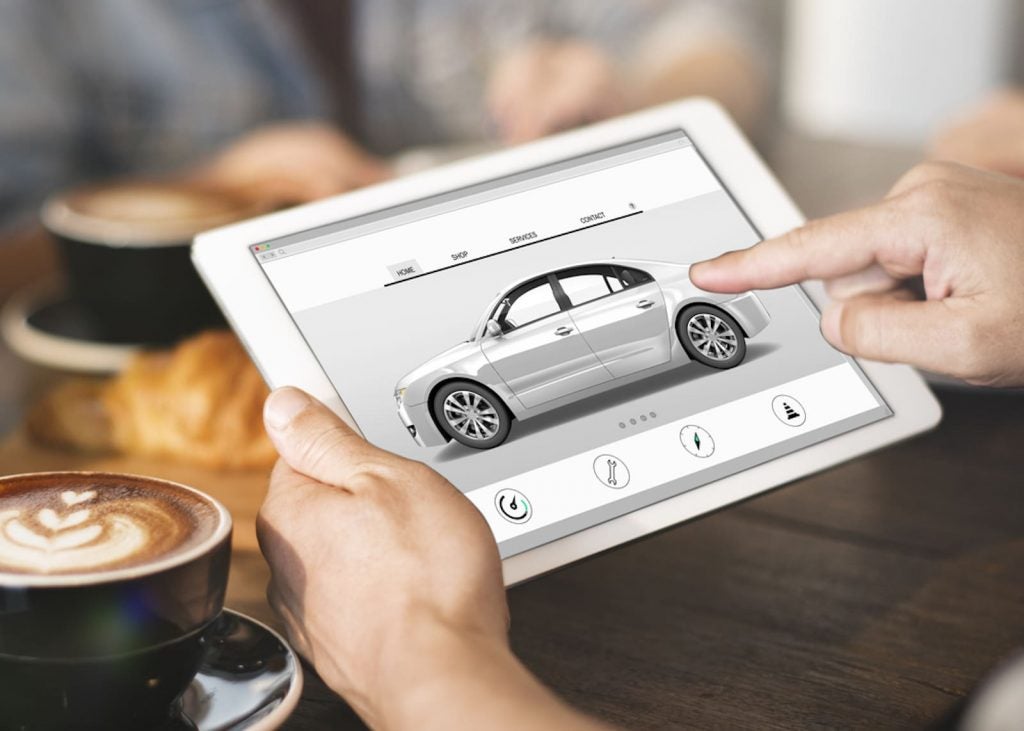
Jessica Stafford, senior vice president of Cox Automotive, noted there was a dramatic shift in consumer expectation and perceptions in the first year of the pandemic. The shift compressed what might have been a decade of incremental changes into a single year, noted Stafford during a panel discussion on cooperation among dealers organized by Detroit’s Automotive Press Association.
Change came quickly
“Consumer expectations evolved 10 years in the first year of Covid,” Stafford said, as dealers and manufacturers raced to install digital sales tools so consumers could shop remotely.
However, brick-and-mortar stores remain a necessary part of automotive retailing, said Stafford. There is continuing need for cooperation between dealers and manufacturers.
“There is no substitute for brick and mortar. We’re still very relevant,” Eric Frehsee, president of the Tamaroff Automotive Group, noted during the panel discussion.

Nonetheless, the environment around automotive retailing has been re-shaped by the pandemic as labor and inventory shortages forced dealers to make sweeping changes in their operations.
“We have to figure out a better way to connect with our customers,” said Frehsee, who said his group juggled several different strategies as it tried to retain experienced sales personnel, recruit new technicians, and connect with manufacturers to ensure employees were getting the best training on the digital tools.
However, the dealership business model has been around for decades, and it has proven to be resilient as the environment around the automotive business changed during the pandemic.
Challenges remain for dealers and manufacturers
The pandemic also uncovered some notable weaknesses in the auto industry’s digital transformation, which was expected to appeal to a generation of consumers used to use the internet to order anything online, according to Matt VanDyke, president of Shift Digital.

As dealers have rebuilt their inventories, web traffic on dealer web sites has increased by 20%, VanDyke said. But the number of “leads” generated by the extra traffic have declined by 20%, forcing dealers to adjust their digital strategies.
VanDyke added early in the pandemic it appeared brands such as Tesla, Rivian and Carvana appeared to have an advantage because of their technology and their direct sales models.
But the dealer model still works and has some notable advantages in terms of customer service, while the technology of direct sales competitors has not proven to be as effective as many predicted.
While consumers shop extensively online for information before purchasing a vehicle, only a small percentage close the deal without going into the dealership, Van Dyke added.
Also, the ad campaigns designed by different brands and manufacturers still don’t line up with the day-to-business of dealers. Some 90% of the advertising dollars spent by various brands goes to what VanDyke described as demand creation, while 85% of the customers contact with any automotive brand come after the sale is complete.
“There is a spectrum” between direct sales models and the showroom model. “It’s not one or the other,” Stafford noted. “You have to meet the customer where they are.”
- SEO Powered Content & PR Distribution. Get Amplified Today.
- EVM Finance. Unified Interface for Decentralized Finance. Access Here.
- Quantum Media Group. IR/PR Amplified. Access Here.
- PlatoAiStream. Web3 Data Intelligence. Knowledge Amplified. Access Here.
- Source: https://www.thedetroitbureau.com/2023/06/pandemic-accelerated-auto-dealers-shift-to-digital-oriented-sales-process/
- :has
- :is
- :not
- :where
- $UP
- 10
- a
- accelerated
- According
- Ad
- added
- ADvantage
- advantages
- Advertising
- After
- also
- among
- an
- and
- any
- anything
- appeal
- appeared
- ARE
- around
- AS
- Association
- auto
- automotive
- BE
- because
- been
- before
- BEST
- Better
- between
- boost
- brand
- brands
- Brick and Mortar
- Bureau
- business
- business model
- but
- buyers
- Buying
- by
- came
- Campaigns
- cars
- carvana
- changed
- Changes
- Close
- collaboration
- COM
- come
- competitors
- complete
- Connect
- consumer
- Consumers
- contact
- continuing
- cooperation
- could
- Covid
- COVID-19
- COVID-19 pandemic
- Cox
- creation
- customer
- Customer Service
- Customers
- deal
- dealer
- decade
- decades
- Demand
- described
- designed
- different
- digital
- Digital Transformation
- direct
- discussion
- dollars
- Dont
- dramatic
- during
- Early
- easier
- Effective
- employees
- ensure
- Environment
- EVER
- evolved
- expectation
- expectations
- expected
- experienced
- extensively
- extra
- Figure
- First
- For
- forced
- generated
- generation
- getting
- Goes
- going
- greatly
- Group
- Have
- helped
- here
- his
- hoping
- HTTPS
- in
- increased
- industry’s
- information
- install
- Internet
- into
- inventory
- IT
- ITS
- jpg
- labor
- likely
- Line
- made
- make
- Manufacturers
- many
- max-width
- Meet
- might
- model
- models
- more
- necessary
- Need
- New
- no
- notable
- noted
- number
- of
- on
- ONE
- online
- only
- Operations
- or
- order
- Organized
- Other
- our
- out
- pandemic
- panel
- panel discussion
- part
- percentage
- Personnel
- plato
- Plato Data Intelligence
- PlatoData
- predicted
- president
- press
- Prior
- process
- Program
- proven
- purchase
- purchasing
- recruit
- relevant
- remain
- resilient
- retailing
- retain
- Rise
- rivian
- Said
- sale
- sales
- say
- says
- senior
- service
- several
- shift
- Shop
- shortages
- single
- Sites
- small
- So
- some
- spent
- Still
- stores
- strategies
- such
- Technology
- terms
- Tesla
- than
- The
- their
- There.
- they
- time
- to
- tools
- traffic
- Training
- Transformation
- transparent
- tried
- uncovered
- use
- used
- various
- vehicle
- very
- Vice President
- was
- Way..
- web
- Web Traffic
- were
- What
- which
- while
- WHO
- with
- without
- works
- year
- years
- zephyrnet

